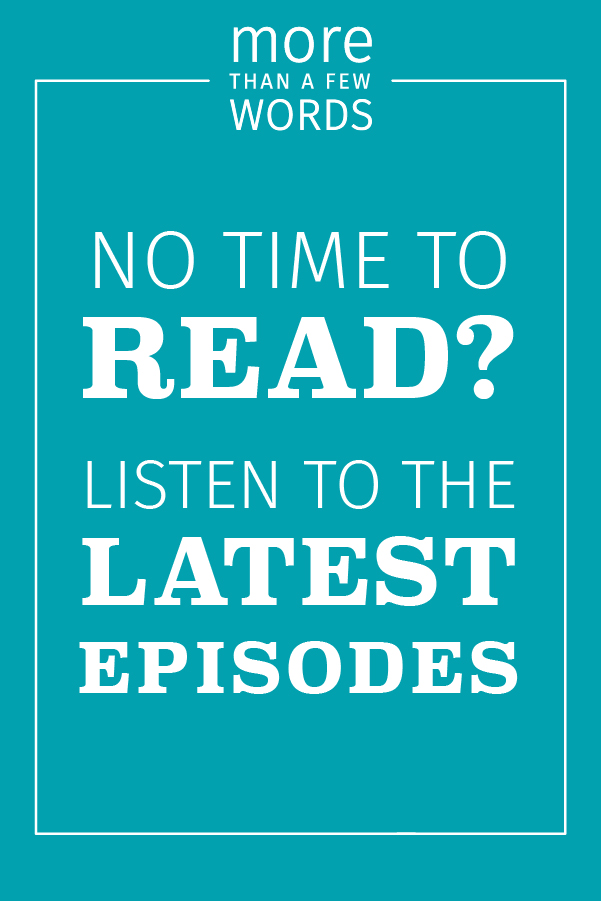Business Plan Lesson 6: Financials
This is the sixth part of a Ten part series on business planning which you can join at any time. To start from the beginning sign up for the Free Weekly Business Planning Series and receive a blank business outline too!
As you drive along, your car’s gauges give you up to the minute feedback on your progress. The gas gauge tells you when it is time to stop and re-fuel. The same is true for the financial statements in your business.
Bankers expect entrepreneurs to be optimistic and overestimate sales projections. Be sure to substantiate how your projections were developed.
The financial plan should contain only summary data. Include:
- Forecast – Do you have firm orders for your products or are you already
selling your product? - Financial Statements – At a minimum, you must include the income statement,
cash flow, and balance sheet. A three-year forecast and some discussion of
best and worst-case scenarios also should be included. For an existing
business, at least two years’ history should be included as well. Ratios
make relationships in your business more understandable, giving you a focal
point for your analysis. - Financial Requirements – How much money do you need for startup?
To help you organize your financial statements, download our 5-Year Forecast and Cash Flow statements
Ready to start working on your business plan?
Sign up for a weekly email to coach you through the planning process.

Rebrand with Design Thinking
What is design thinking and why is it so popular? Well, it's a process used to redefine problems...
Canning Cookies, Creating Cohorts: Google’s Advertising Shift, Explained
The devs over at Alphabet are not just trying to bolster their profit; they’re trying to make something that could be problematic better and more secure.
4 Tips for an Effective Virtual Onboarding Agenda
Virtual onboarding is here to stay As it becomes safe to return to the workplace in a...
Investing in Business Recovery
Last week, Lorraine wrote about the importance in investing in business recovery. That raises the...
